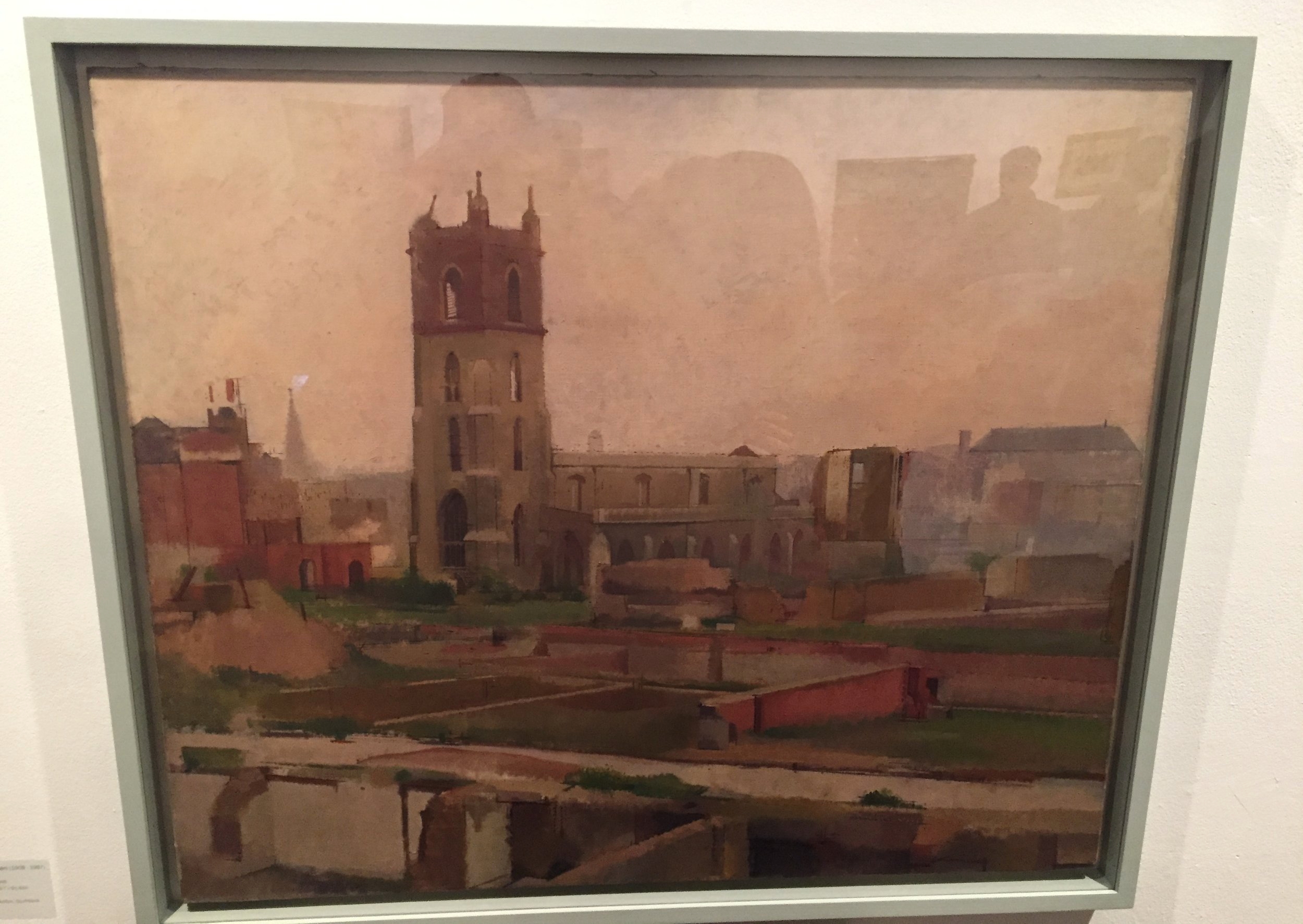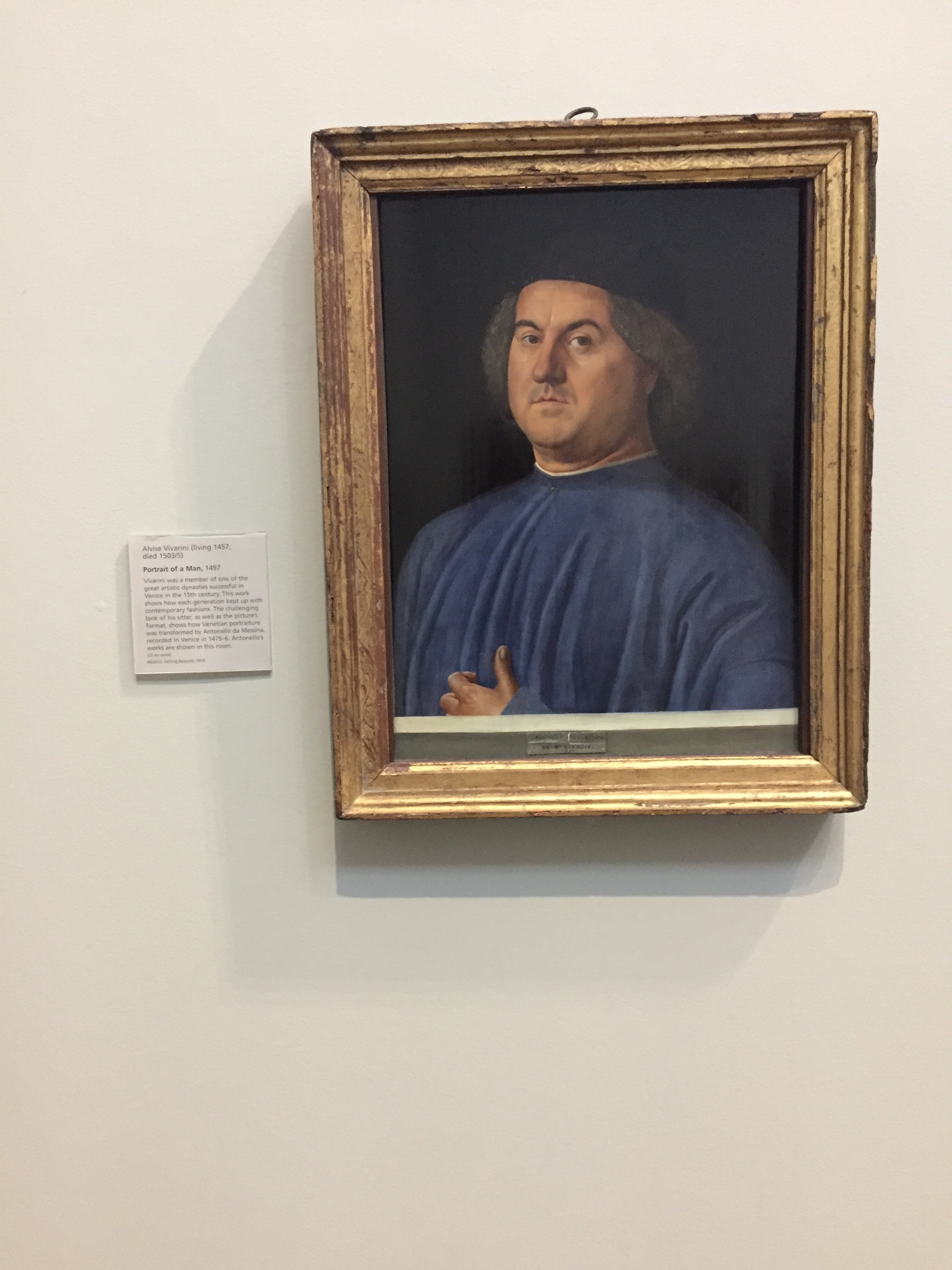The Borough Group started in 1946 and disbanded in 1951. The idea of the Group arose out of conversations between Cliff Holden and David Bomberg during the years 1944 and 1945.
...Bomberg managed to get part-time teaching jobs at the Borough Polytechnic (now London South Bank University) and at the Bartlett School of Architecture. Mann, Mead, and Holden followed Bomberg to the Borough and joined the architecture students in working from casts in the Victoria and Albert Museum and on outdoor sites in the City of London, such as St. Pauls Cathedral, Westminster Abbey, and sites along the Thames.
...The foundation members of the Borough Group in 1946 were Cliff Holden, Peter Richmond, Dorothy Mead, and Edna Mann. In his capacity as the Master, Bomberg did not want to take an active part in the Group and refused to be a member or to take part in exhibitions, preferring the role of teacher and mentor.
Holden's purpose was to establish a closely integrated Group to work out the ideas that neither Bomberg himself, nor any single artist, could hope to realize in a single lifetime. The Group would provide a platform for furthering these ideas, making them accessible to the public, and, at the same time, it would be a vehicle for establishing Bomberg's students as professionals. To this end, both Holden and Mead recruited students from establishment schools and from the pubs of Soho. Of the founding members, Holden was the most active in conceiving and fostering the Group; in trying to arrange exhibitions, working out a policy and strategy, and writing the first of several manifestos. It was for the above reasons that Bomberg proposed Holden as the Group's first President and this was unanimously adopted.
Incidentally, since Bomberg's death, these manifestos have been attributed to Bomberg but, in fact, they were written by Holden and then revised and edited by Bomberg and the whole Group. For proof, apart from Holden's documentation, it is only necessary to compare the style of writing of these manifestos with the published Bomberg Papers.
Following criticism from inside and outside the Group, Holden resigned as president and invited Bomberg to take over that responsibility. At this meeting, the minutes of all previous meetings were mysteriously lost and were never found. The Group was then enlarged to include David Bomberg as President, Lilian Bomberg (Lilian Holt), Cliff Holden, Dorothy Mead, Peter Richmond, Edna Mann, Lesley Marr, Dinora Mendelson, Len Missen, and Dorothy Missen.
The History of the Borough Group, 2004






